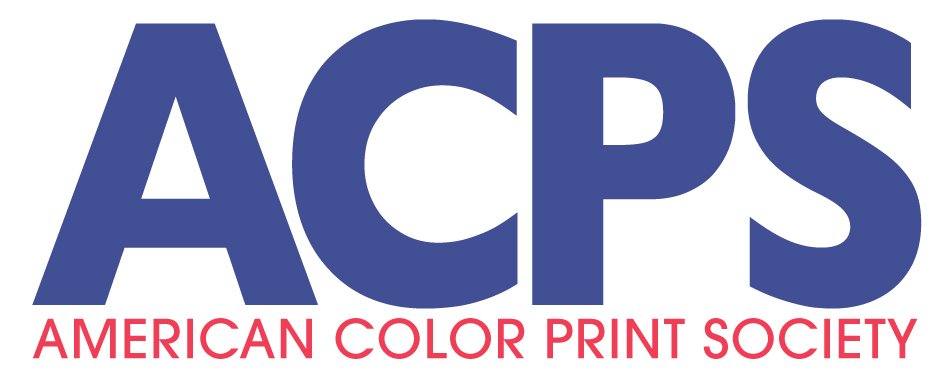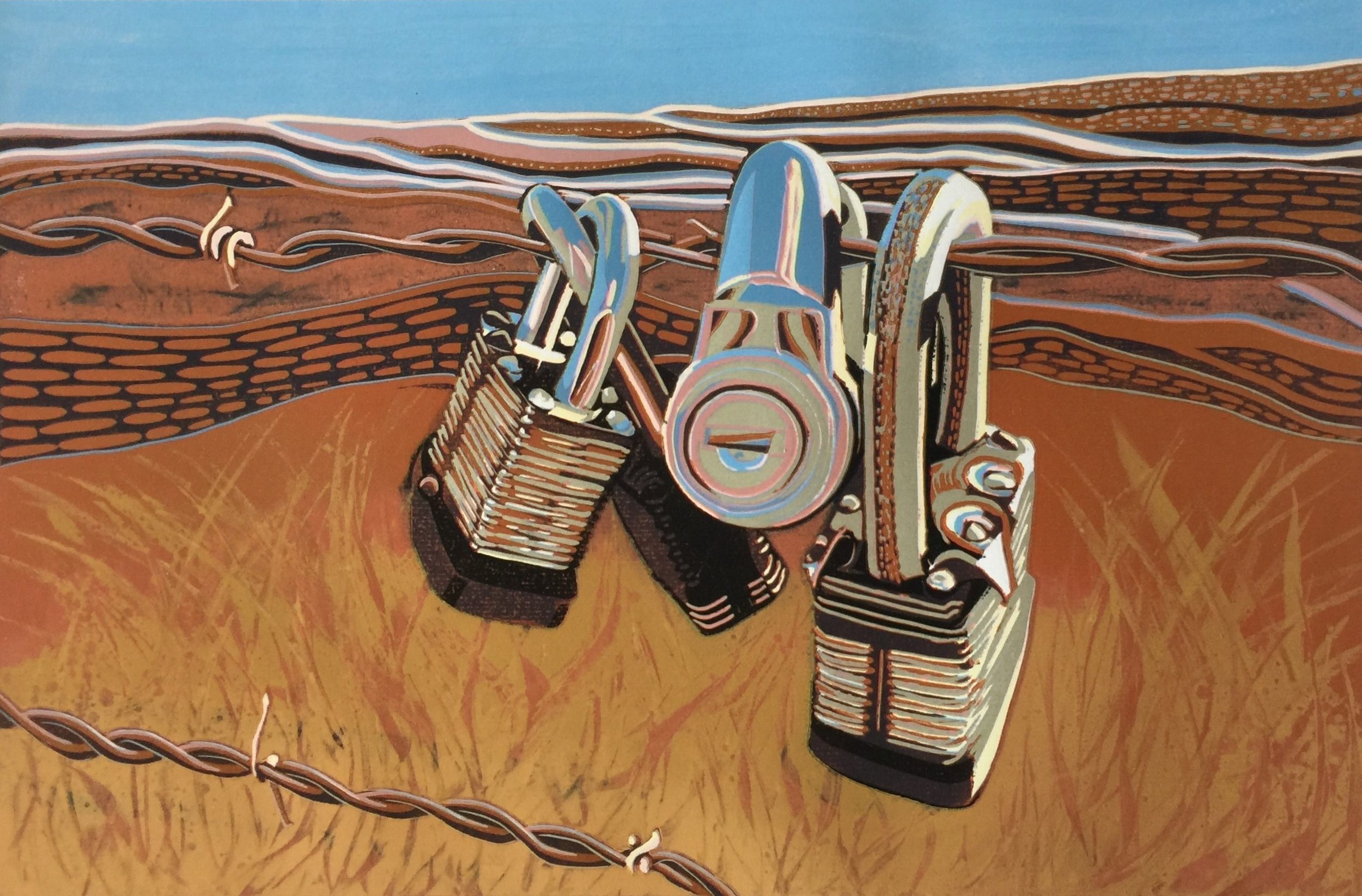Marcia Scurfield
ARTIST STATEMENT
I think the thing that keeps me coming back to reduction relief again and again is keeping my editions open. There is always some aspect of the print which is a monoprint or an effect that makes each print slightly different from the rest. Once I gave myself permission to work in this way, I found I can stay experimental during a process which takes a long time to print. I especially love how the colors can mix and blend in so many different ways with reduction relief, through the carving of the block, but also the use of transparent versus opaque layers of ink.
BIO
Marcia Scurfield has been an art educator most of her life, beginning in 1971. But it was not until she became a printmaker in 2011 that she considered herself an artist. In 2007 she began collecting the prints of Douglas Billings, and as he taught classes at the Wichita Center for the Arts (now Mark Arts) she decided to find out how this alchemy was accomplished.
She began her printmaking journey with polyplate lithography and color drops, worked for a couple years in collograph, but then discovered reduction relief prints in 2016 after purchasing a print by Leigh Leighton Wallace. Wallace was represented in Wichita, KS at the Reuben Saunders Gallery and Scurfield would stare at her prints for 30 minutes at a time, trying to determine the processes involved in their production. Her first reduction print, “A Trio of Baby Bok Choy” was only four layers of color, including several rainbow rolls. Next in “Ready to Fly,” a cormorant perched on driftwood with outstretched drying wings, she discovered how reduction prints lend themselves to “split editions”. The same image could be printed in a variety of different color schemes. She also discovered that through many layers of differing values, forms could be modeled. Each new print has brought lessons of different processes to create the final results desired. “Teter Locks” needed to be finished with several layers of monoprint to achieve the required grassy texture. A new print in process will have a few pochoir layers to create subtle affects in the background.
Bartlett Waystation, Reduction Relief Print, 18” X 12”
Teter Locks II, Reduction Relief Print, 12” X 18”
Near Twilight II, Reduction Relief Print, 9” X 12”
Teter Locks, Reduction Relief Print, 12” X 18”
Temple Guardian - Bangkok, Reduction Relief Print, 13” X 9”





